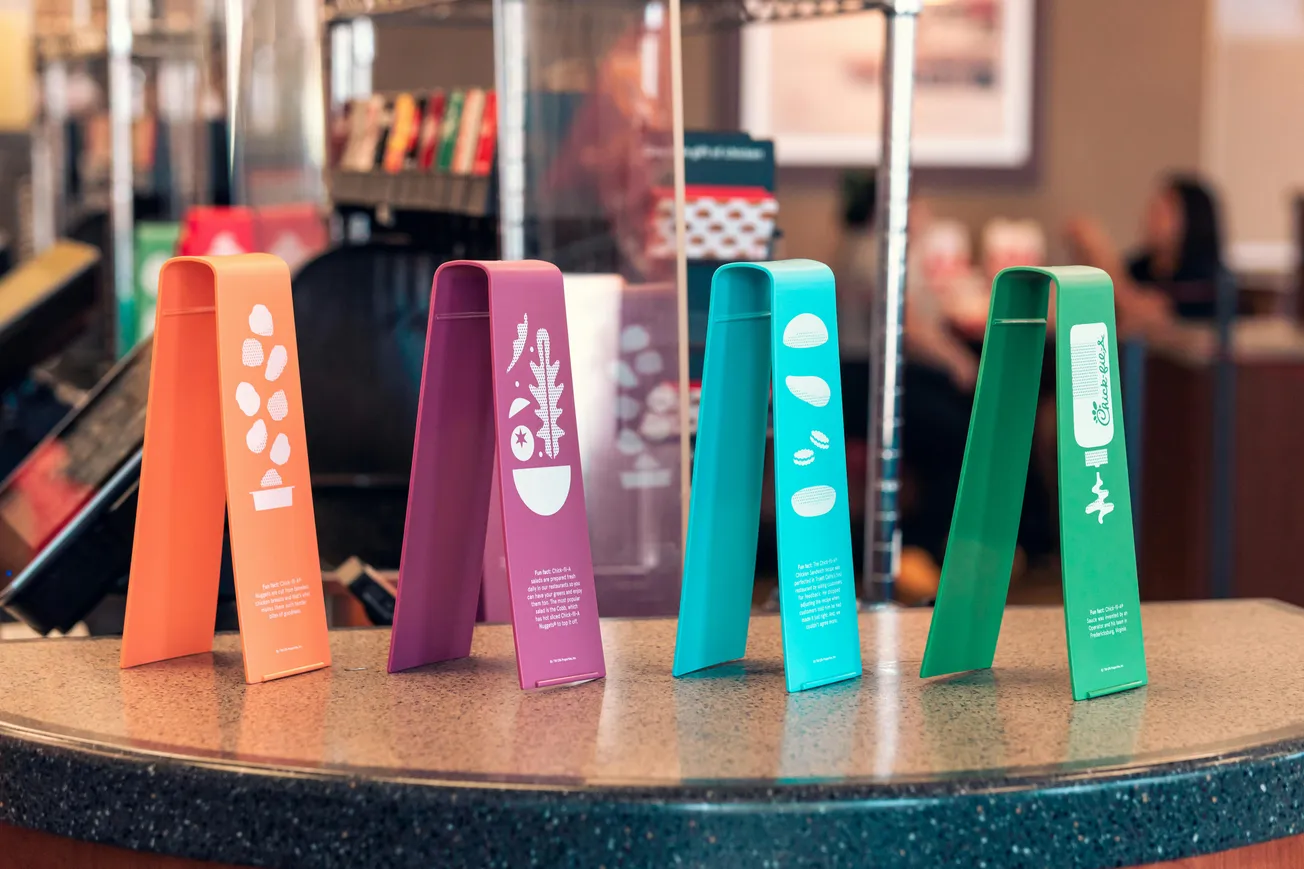The question of how deeply clients should engage in the UI/UX design process is a recurring challenge for businesses. While clients possess invaluable insights into their brand and audience, designers bring crucial expertise in user behavior and digital product usability.
Achieving a harmonious collaboration is key to creating successful digital experiences that resonate with users and meet business objectives.
The Client's Crucial Role
Clients are the custodians of their brand's story, values, and ultimate objectives. Their deep understanding of the business and its target audience is indispensable.
By sharing this knowledge upfront, clients empower designers to create interfaces that feel authentic and aligned with the brand's essence. This insider perspective helps prevent the creation of generic designs that fail to connect with the intended users.
Navigating the Design Process
While client input is vital, an overly hands-on approach can lead to project delays and compromise the design's effectiveness.
When clients attempt to dictate every aesthetic detail, it can override the designer's expertise in user psychology and interaction design.
Designers are trained to translate complex ideas into intuitive and user-friendly experiences, a skill that requires a degree of creative freedom.
Finding the Optimal Collaboration
The most successful UI/UX projects emerge from a partnership where clients and designers complement each other's skills. Clients should focus on the strategic aspects: the overall user experience, brand voice, and customer needs.
Designers then leverage this strategic direction to craft the visual elements, layouts, and user flows. Professional design agencies facilitate this balance by establishing key review points, such as wireframe approvals, prototype testing, and user feedback sessions, ensuring client alignment without stifling the creative process.
Communication as the Cornerstone
Open and consistent communication is the bedrock of a successful design collaboration. When clients clearly articulate their goals from the outset, designers can avoid potential missteps.
Conversely, when designers explain the rationale behind their design choices, it builds client confidence and trust. The aim is not to win arguments but to foster a shared understanding and a collaborative spirit.
The Benefits of Balanced Involvement
Effective teamwork ensures the final product not only reflects the brand's identity but also genuinely serves the needs of its users.
This synergy prevents costly errors, such as developing features that lack user value or implementing designs that confuse the audience. A balanced approach keeps both the client's business objectives and the user's experience at the forefront.
Conclusion
The ideal level of client involvement in UI/UX design is one that allows for the infusion of brand vision and strategic goals, while granting designers the space to apply their expertise.
The most impactful digital products are born from a partnership where each party excels in their respective domains. Through guided collaboration, businesses can navigate the design journey smoothly, resulting in products that users will not only appreciate but also love to use.






